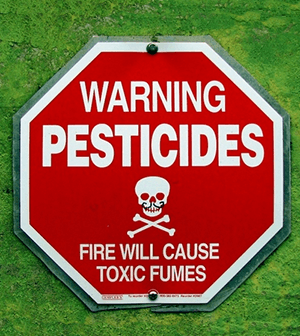
Good or beneficial insects are also your ally in controlling the insect pests but they can also die with insecticides. Use insecticides if the infestation is out of control or you can’t spot the insects that cause the problem. Remove visible pests by hand before buying an insecticide. Weak tomato plants are magnets of insect pests. So, before you put the bugs to rest, check out these helpful tips in applying insecticides in tomatoes: Too much insecticide or untimed application of insecticide can kill your tomatoes. Tomatoes require a balance of warm weather, good soil condition, good water condition and proper application of insecticides. Tips in Applying Insecticides on Tomatoes Transfer in a spray bottle and use accordingly. #Insecticides and pesticides need oil plus#
of dish soap plus 1 tbsp of vegetable oil in a gallon of water.
Transfer the solution to a spray bottle and use it accordingly. Mix three parts of water and 1 part of vinegar. Mix well and apply it on the top and underside of tomato leaves. Chili powder can also serve as insecticidal dust for your tomato plants. Use it as an insect spray for your tomatoes. of chili powder and 2 to 3 drops of dish soap in a liter of water. Then add a few drops of dish soap and vegetable oil. Boil the garlic for 10 to 20 minutes while stirring it occasionally. Chop 20 garlic cloves and put it in a pot with 1 to 2 liters of water. of vegetable oil and let it sit for a few minutes before using. Add water and place it in a spray bottle and use it as your insect spray. Blend cayenne pepper, onion, and garlic. Add a few drops of dish soap to the boiled rhubarb solution, let it cool and spray on the area where you found the whiteflies. Boil rhubarb leaves for 5 minutes and drain the water. You can either try everything until you find what works or stick to one method and figure out how it will work for your tomatoes. In fact, we listed most of the homemade tomato insecticides for you. If you’re a fan of DIY projects and wish to treat your tomatoes with homemade insecticide, you will not run out of options. Other synthetic insecticides in the market: Bifenthrin, Cyholothrin, Malathion & Cyfluthrin. However, studies suggest that there’s a residue of this pesticide even if the tomatoes were processed. 
Today, this insecticide is still used by commercial tomato farms. However, it was rumored to have harmful effects on humans and was banned from use in 2000.ĭue to the lack of scientific evidence that connects chlorpyrifos to developmental problems in children, EPA decided to lift the ban in 2017.

Chlorpyrifos is a contact insecticide that controls a wide variety of pests and was commercially introduced in the market in 1965.If your garden is infested with larvae, here are some BT insecticide brands you can try: Too much Bt can damage the leaves and fruit of your tomatoes so use it in moderate amounts. It is an effective solution for the caterpillar type of insects like hornworms and fruit worms infestation. It remains active for 24-48 hours and can be used until you harvest your tomatoes.įor best results, use it once a week especially when the larvae are young. The Bt bacteria is only activated when the insect ingests them because the bacteria paralyzes the digestive system of the insect and kills them through starvation.īt can kill young larvae than adult ones and it’s not toxic to beneficial insects like bees except larvae of butterflies. It’s not a systemic nor a contact pesticide. Bacillus Thuringiensis or BTĪ soil bacterium that emits toxic proteins that can kill insects when they eat it. The most popular insecticide under this category includes: 1. Some organic gardeners recommend insecticides under this category for mild pest infestations. The active ingredient in these insecticides are fungi, bacteria, and nematodes.


Best Biological Insecticides For Tomatoesīiological insecticides or biopesticides are the toxins produced by living organisms or the living organism itself that has the ability to kill insects.








 0 kommentar(er)
0 kommentar(er)
